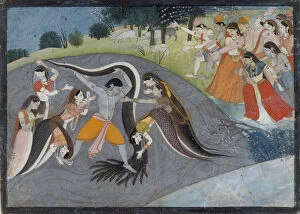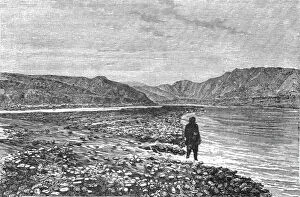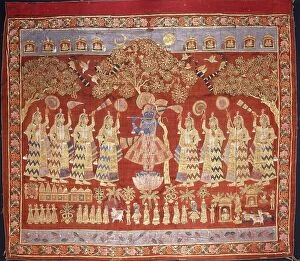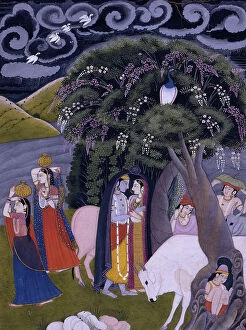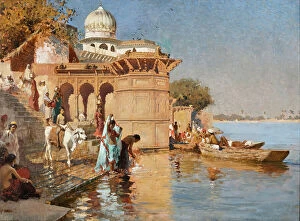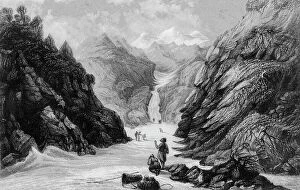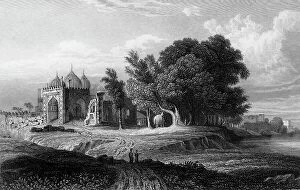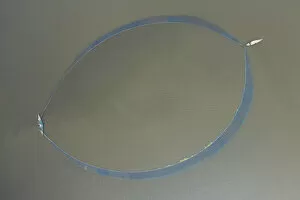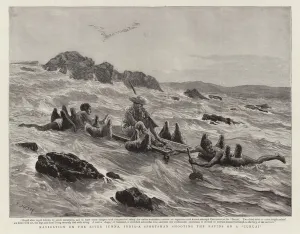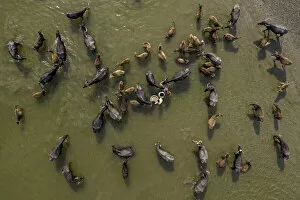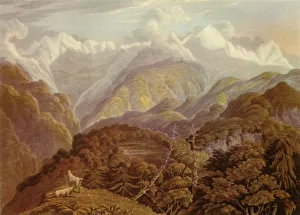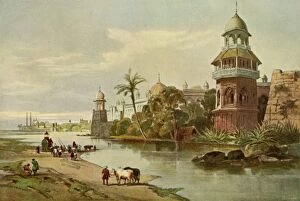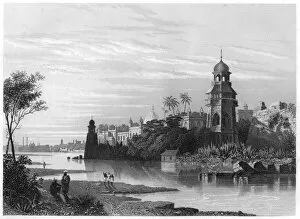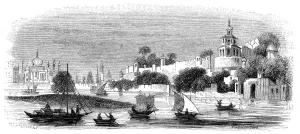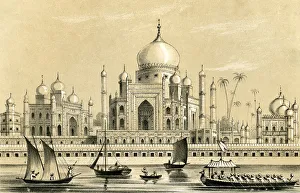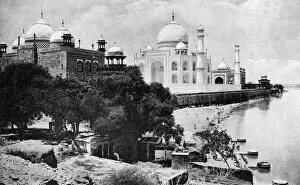Jamuna Collection
"Jamuna: A River of Life and Legends" The river Jamuna, also known as Yamuna in some regions
All Professionally Made to Order for Quick Shipping
"Jamuna: A River of Life and Legends" The river Jamuna, also known as Yamuna in some regions, holds a significant place in the hearts of people across different cultures and countries. From ancient mythological tales to daily rituals, this majestic river has witnessed countless stories unfold on its banks. In the realm of mythology, one cannot overlook the iconic scene depicted in "Krishna Subduing Kaliya, the Snake Demon. " This folio from a Bhagavata Purana series captures Lord Krishna's triumph over evil with his divine powers. The tale resonates with devotees who revere Jamuna as a symbol of purity and spirituality. Moving forward in time, we find ourselves at the bathing ghat on the Yamuna River in Muttra during 1917. Here, locals gather to cleanse their bodies and souls amidst serene surroundings. The gurgling waters offer solace while reflecting centuries-old traditions that have stood strong against modernity's tide. Across borders lies Bogura, Bangladesh where cattle are herded across Jamuna for their daily bath. This age-old practice showcases harmony between humans and animals as they immerse themselves together in refreshing waters, and is a sight that speaks volumes about coexistence and respect for nature's offerings. Fishing takes center stage along the riverbanks too - be it casting big nets or skillfully maneuvering fishing rods. In Sirajganj and Sariakandi districts of Bogura, fishermen embark on journeys filled with hope and anticipation. Their livelihoods depend on these bountiful waters that generously provide sustenance for communities living by its side. However, not all tales told by it can pleasant ones; history reveals darker chapters etched upon its shores. James Grant's poignant depiction titled "Infanticide on the Banks of Jumna" sheds light on an unfortunate reality prevalent during colonial times when innocent lives were lost due to societal prejudices.

